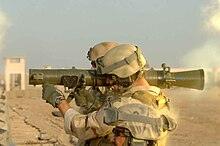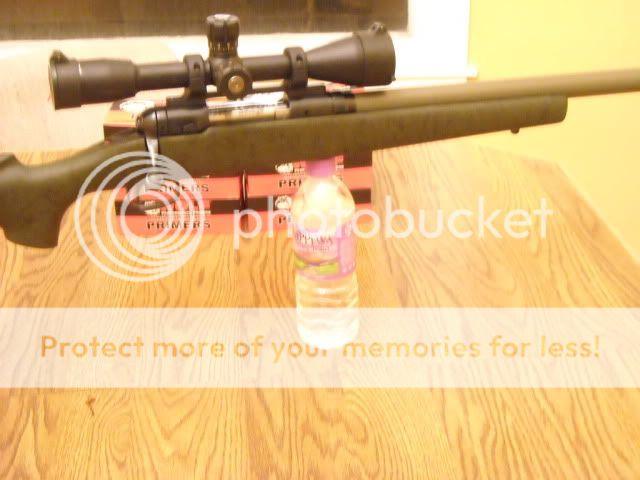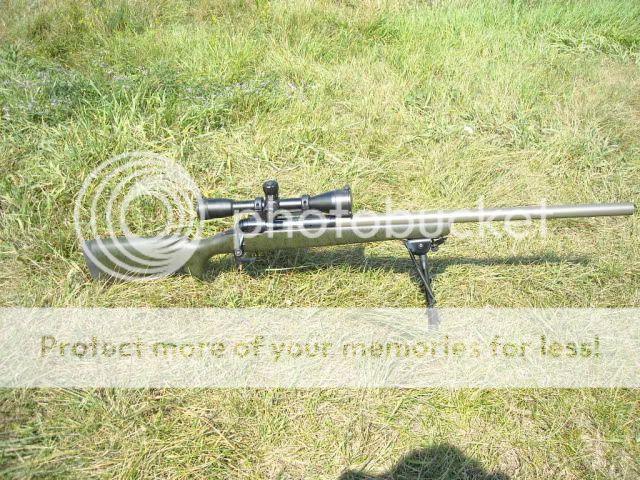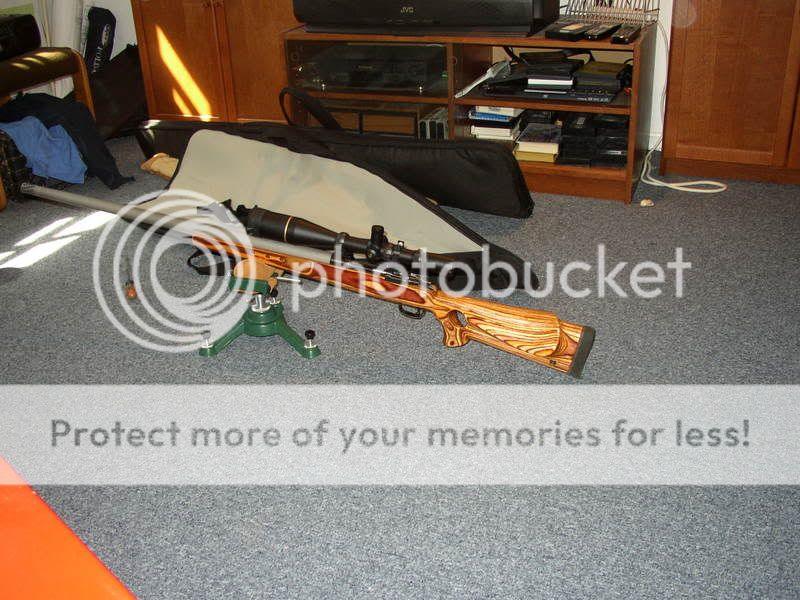I am curious how rifle builders decide on rifle balance vs overall rifle weight.
I know that some of the rifles talked about have 30 in and longer barrels and wondered how the gunsmiths get around the front heavy weight.
Basically do you not care that it is front heavy since it will always be shot from a fully stable platform like a bi-pod or bags, or do you add weight to the stock so that it does balance?
I have a 12+ pound rifle that is very front heavy since I have a Tupperware stock to save weight.
I don't know if that hurts anything as far as accuracy, but it definitely wants to be carried with the muzzle down and you couldn't carry it with a conventional sling if you wanted it readily accessible.
Thanks in advance.
edge.
I know that some of the rifles talked about have 30 in and longer barrels and wondered how the gunsmiths get around the front heavy weight.
Basically do you not care that it is front heavy since it will always be shot from a fully stable platform like a bi-pod or bags, or do you add weight to the stock so that it does balance?
I have a 12+ pound rifle that is very front heavy since I have a Tupperware stock to save weight.
I don't know if that hurts anything as far as accuracy, but it definitely wants to be carried with the muzzle down and you couldn't carry it with a conventional sling if you wanted it readily accessible.
Thanks in advance.
edge.







